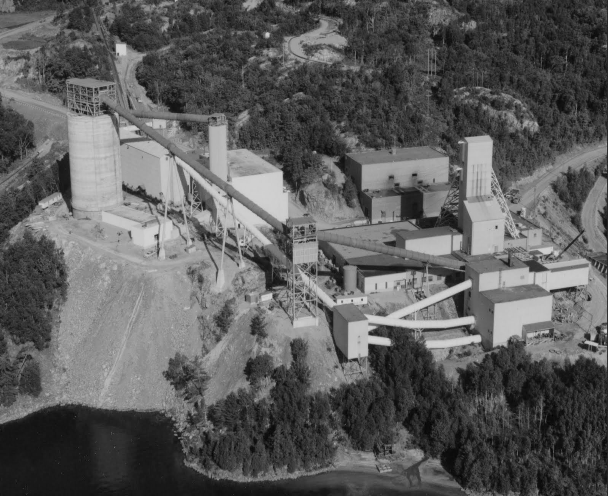31 January 2011-Goose Bay, NL: Unionized workers at the Voisey’s Bay nickel mine in Labrador have ratified a five-year collective agreement, ending a bitter, 18-month strike against Brazilian mining giant Vale.
Members of United Steelworkers Local 9508 voted 88% in favour of a tentative deal reached by their negotiating team and Vale representatives. Vote results were released today, following balloting in a number of communities over the last several days.
“Our members are returning to work with their heads held high,” said Steelworkers staff representative Boyd Bussey. “They stood up for their families and their communities and fought for what they believed in.”
“This labour dispute was unnecessarily provoked and prolonged by a giant multinational corporation,” said Wayne Fraser, Steelworkers District Director for Atlantic Canada and Ontario.
“Our members deserve to be proud for standing up to this foreign corporation and for finally achieving a fair deal,” Fraser said.
























 The end of the strike that lasted nearly a year at Vale’s operations in Ontario, Canada, is very significant for our company, as we have overcome yet another challenge. Besides making our Canadian employees’ pension and variable pay regime more similar to the successful system already in place in other countries, the deal removes restrictions and interference in managing the company, thereby aligning our operational efficiency in Canada with our practices elsewhere.
The end of the strike that lasted nearly a year at Vale’s operations in Ontario, Canada, is very significant for our company, as we have overcome yet another challenge. Besides making our Canadian employees’ pension and variable pay regime more similar to the successful system already in place in other countries, the deal removes restrictions and interference in managing the company, thereby aligning our operational efficiency in Canada with our practices elsewhere.